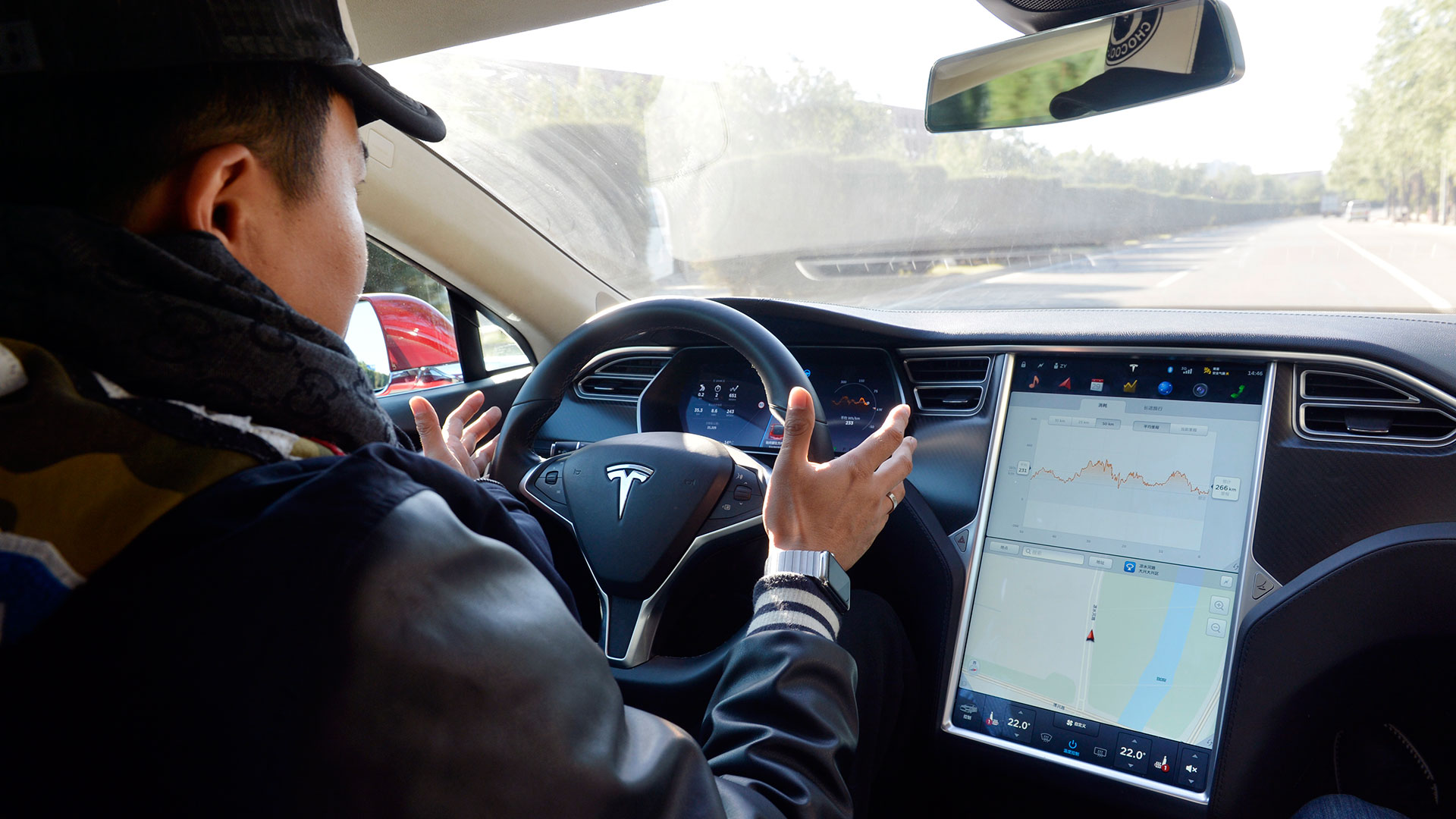

“Currently, only about one-fifth of drivers say they would buy an autonomous car as soon as one is available and fewer than one-third say they would be comfortable riding in one.”
That’s according to a new statement by the Governor’s Highway Safety Association (GHSA), who on February 3 issued its first “Spotlight” covering autonomous vehicles, titled Autonomous Vehicles Meet Human Drivers: Traffic Safety Issues for States. The report examines self-driving technology and the potential safety issues it raises.
Key among these is the way in which human drivers will interact with autonomous technology “during the transition period between traditional and autonomous vehicles,” according to the report. The GHSA emphasizes that driver education will be paramount, and recommends public education campaigns to that end. Other recommendations for states include: “avoid passing legislation until model laws have been developed,” and “collaborate with law enforcement on planning efforts.”
Media “overlooks the safety implications … [of] a mix of driver-operated and autonomous vehicles”
The report was authored by Dr. James Hedlund, a former senior official with the National Highway Traffic Safety Administration (NHTSA). Hedlund cautioned: “The research and media attention given to autonomous vehicles often overlooks the safety implications that a mix of driver-operated and autonomous vehicles will bring. Unfortunately, ignoring the driver side of the equation may negate many of the expected safety benefits.”
GHSA executive director Jonathan Adkins adds: “Drivers are often forgotten as we discuss autonomous vehicles, but cars driven by humans will be on the road for at least another generation. As human drivers begin to share the road with different levels of autonomous vehicles, states will need to stay informed, be patient and be flexible.”
Specific recommendations, according to the release, are below:
The Association’s report provides an overview of the current autonomous vehicle landscape and outlines suggested priorities for state Departments of Motor Vehicles (DMVs) and State Highway Safety Offices (SHSOs) as AVs become more widespread. Key recommendations include:
Governor’s Highway Safety Association
- Educate the public – States should develop education campaigns on the benefits and risks of AVs, how to operate vehicles with some autonomous features safely, and how to share the road with AVs.
- Don’t rush into passing laws – States should wait until model laws and regulations have been developed to encourage a common structure and prevent a patchwork of inconsistent laws and regulations that may delay AV implementation.
- Capture the data – States must identify vehicle automation levels in their registration, driver licensing and crash information systems. Police crash reports should be designed to help facilitate comprehensive and accurate data collection.
- Engage law enforcement – States should include law enforcement in their planning, as AVs raise many issues for law enforcement, including officer safety, enforcement procedures and vehicle identification.
You can read the GHSA’s full report here.